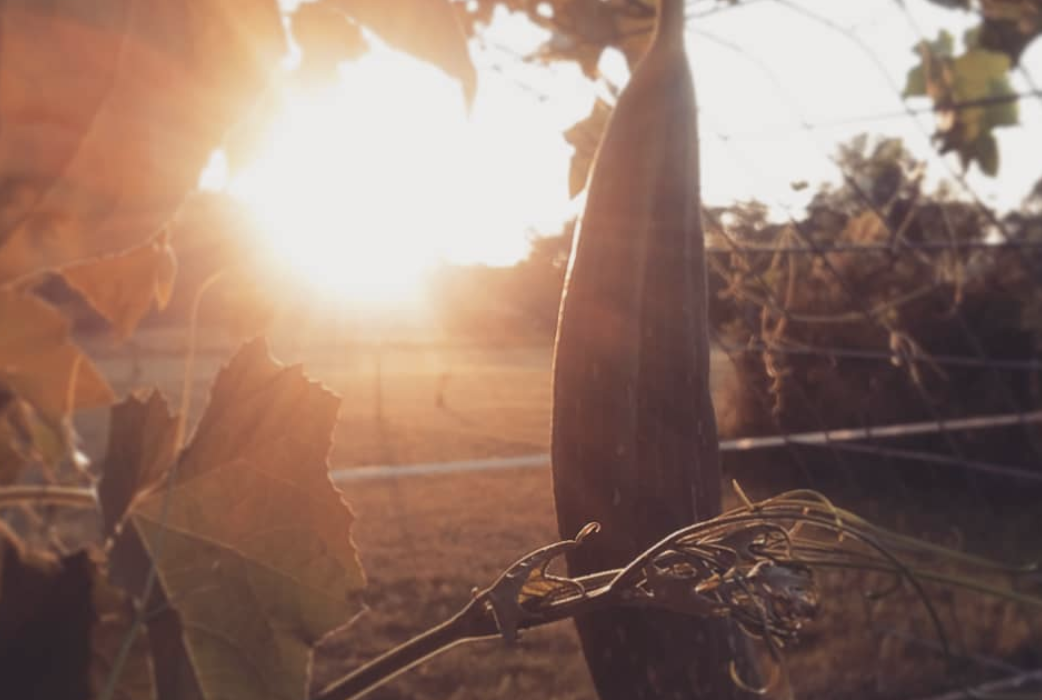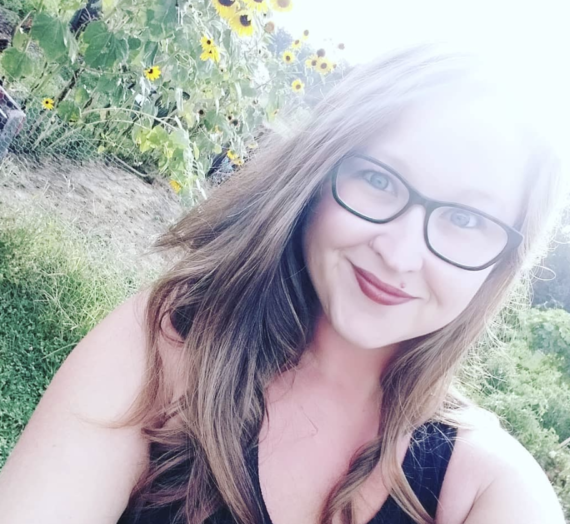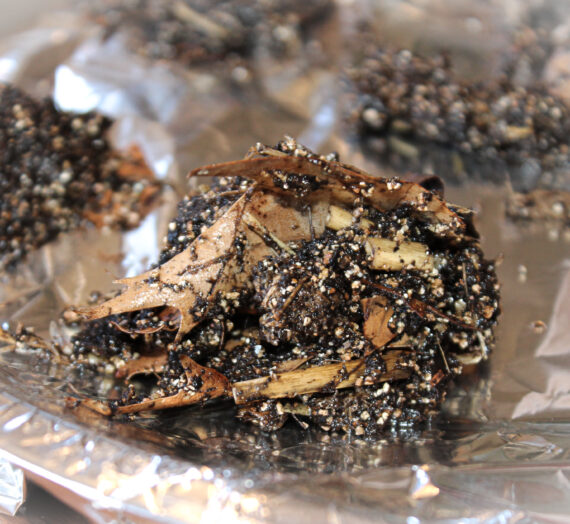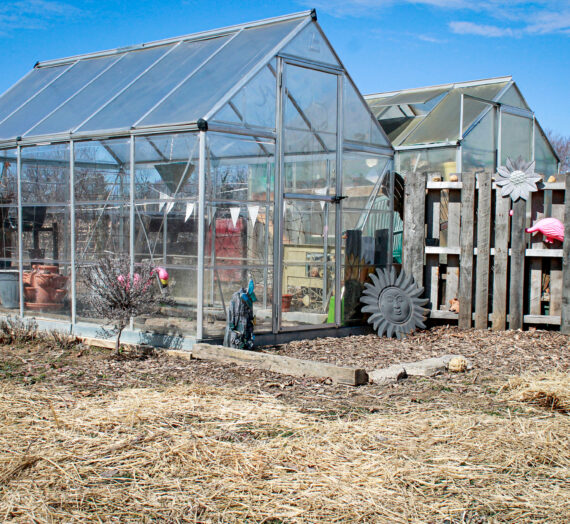
Luffa, sure I had heard of Luffa but really I just assumed it might have grew in the ocean like the other live sponges I had came across. I really didn’t know how cool it was and I sure as heck had never thought twice about growing anything like this in my gardens.
How Luffa got into My Garden
I was introduced to Luffa one day by chance. My father in law stopped in one afternoon and was telling me about his day, then he mentioned something I would find interesting. He said he obtained it from a plumbing job he had been on that day. I am used to him collecting old, cool vintage things for me out of the scrap bucket but I had no clue what I was about to learn or that it would fascinate me like it did. He brought in a small chunk of Luffa and told me about it and more interestingly that it had been grew about 20 minutes south in another small town. I even got a few seeds from that small chunk.
My research started right then and there and I knew I would be growing Luffa the following year. I ordered more seeds from Bakers Creek Seeds and started planning. We built trellises out of cattle panels and I got my seeds going. After a successful crop and harvest I knew that I wanted to share my experience and why I think Luffa should be in your garden too.

Growing Luffa
Depending on your zone these plants will need to be started fairly early indoors. They have a long growing season (over 150+ days). I am in Zone 6b so my seeds for the 2020 growing season have already sprouted. I saved seeds from last years harvest and decided to start around 60 plants this year. I won’t be keeping all of these in my garden but I wanted some to share.
I started my seeds on January 23, 2020. That may sound early but I lost some gourds last year towards the end of the season and I am trying to avoid that this year. Due to the extended growing period and the gourds need to dry on the vine I decided to start earlier this year than last.

These seedlings will be transferred out to the greenhouse in a week or two depending on this crazy weather… 50 degrees one day and snow the next (insert eye roll). I will let them grow and hardy up out there before transplanting in ground. Last year I used to cattle panels as trellises and they worked GREAT! I already have those trellises cleaned off and ready to go for this year and plans to add a couple more. I used the space under the panels for onions, carrots and broccoli.

The luffa vine can grow up to 30 feet. They are beautiful vines with yellow blossoms and the pollinators in my garden LOVED them last year. The luffa gourd itself can grow 2-3 feet long and hangs down from the trellis. The luffa is best left on the vine to dry.
Harvesting Luffa Gourds
I did some experimenting to find when was the best time to harvest was, it was trial and error but I ended up with a nice harvest. I let my gourds dry on the vine but did not let them get hard and crunchy. The gourd was easy to peel. After peeling I let the sponges dry out even more and that made it easy to harvest the seeds. Once I had my seeds I cut the luffa into appropriate sizes and threw them all in the washer with eco friendly detergent.

What I Use Luffa For
I have read all about luffa and there seems to be a ton of uses for this gourd. It is an eco friendly alternative to sponges, washcloths and more. Some people even claim it is good eating but for now I will stick to what I know.
I use Luffa mainly in my kitchen. My favorite use is cleaning my cast iron, the luffa is soft enough to use on cast iron WITHOUT stripping your seasoned skillets but strong enough to get stuck on stuff off. I also use it for hand washing dishes. The kiddos do use it in the bath tub but mostly as a ramp for their toy trucks.
I love showing off my luffa and sharing it with friends and family. Most people are in awe just like I was the day I realized I could grow this in MY GARDEN.
I do have hopes of having some of my harvest dipped into home made soap that my aunt makes.. maybe this Fall.





